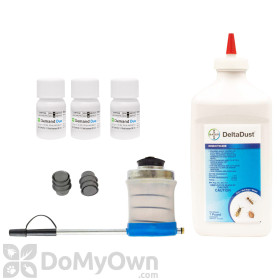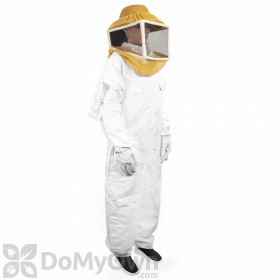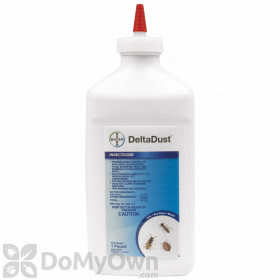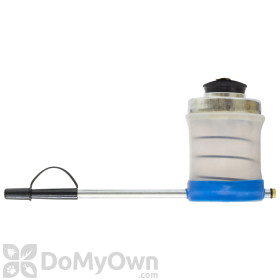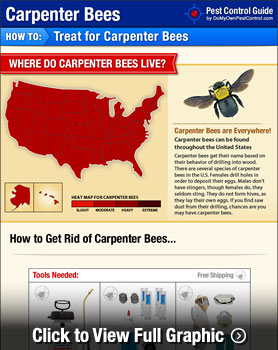
Carpenter bees are an invasive species of bee that can cause serious damage to your home and other nearby wood structures. These solitary bees nest alone and do not produce honey, nor are they beneficial pollinators.
Successful carpenter bee treatment can be completed in two steps: applying a topical carpenter bee spray followed by dusting and plugging individual carpenter bee holes. Carpenter bee traps can also be used to help control the pest population.
Continue reading our guide on how to kill carpenter bees below.
Spray Insecticide Labeled for Wood Boring Bees
***NOTE:***
While carpenter bees are solitary bees and do not attack in groups, it is possible that you can be stung while performing a treatment. If you are sensitive to bee stings or bee stings are intolerable, we recommend that you hire a professional pest control operator to control carpenter bees. If you are not allergic but are worried about bee stings you may want to consider purchasing and wearing a bee suit.
******
Products needed for Step 1
Apply Insecticide Dust & Plug Existing Holes
Using a hand duster, apply the chosen dust to each carpenter bee hole. After 14 days, we recommend you plug the hole using a Trebor plug, Super Plug, or wood patch material to stop other insects from invading the hole at a later time. Dust applications typically need to be applied to each hole only once per season.
Pro Tip
If you plug the hole immediately after dusting, you risk having the immature carpenter bee growing into the adult stage and chewing it's way out of a different part of the wood and avoiding the dust application completely. This is why carpenter bees are sometimes referred to as boring bees. Waiting 14 days will allow the female bee to go back to the nest and crawl through the application and spread the dust into the nest to help eliminate the immature bees.
Products needed for Step 2
Getting rid of carpenter bees will take time and effort but will be effective if you use the right products and follow this guide. If you would like further guidance on your carpenter bee treatment, give our customer service team a call at 866-581-7378 or email [email protected]. You can also shop our Carpenter Bee Control Kit here.




